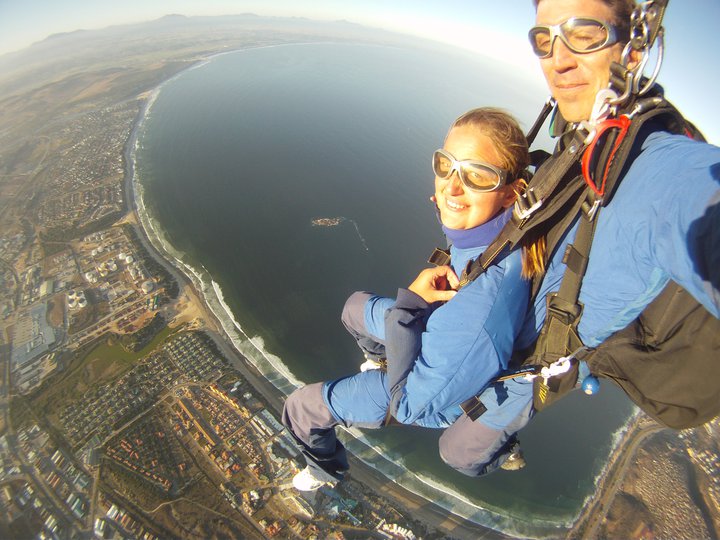 |
| Helicopter Landing; Gulf of Mexico: Viking Vision 01.2008 |
 |
| Oil Rig; Gulf of Mexico: Viking Vision 02.2008 |
 |
| Helicopter and Oil Rig at Sunset; Gulf of Mexico: Viking Vision 01.2008 |
 |
| Golden Oil Rig; Gulf of Mexico: Viking Vision 02.2008 |
 |
| Seismic Survey Boat; Gulf of Mexico: Viking Vision 01.2008 |
 |
| Oil Rig after Sunset; Gulf of Mexico: Viking Vision 02.2008 |
 |
| Crane at Sunset; Gulf of Mexico: Viking Vision 01.2008 |
 |
| Creativity; Gulf of Mexico: Viking Vision 01.2008 |
Passive acoustic monitoring is encouraged for both borehole & surface seismic operations. “Monitoring for sperm whales with a passive acoustic array by an observer proficient in its use will allow ramp-up and the subsequent start of a seismic survey during times of reduced visibility (darkness, fog, rain, etc.) when such ramp-up otherwise would not be permitted using only visual observers. If you use passive acoustic monitoring, include an assessment of the usefulness, effectiveness, and problems encountered with the use of that method of marine mammal detection in the reports described in this NTL. A description of the passive acoustic system, the software used, and the monitoring plan should also be reported to MMS at the beginning of its use.”
 |
| Stern at Sunset; Gulf of Mexico: Viking Vision 01.2008 |

